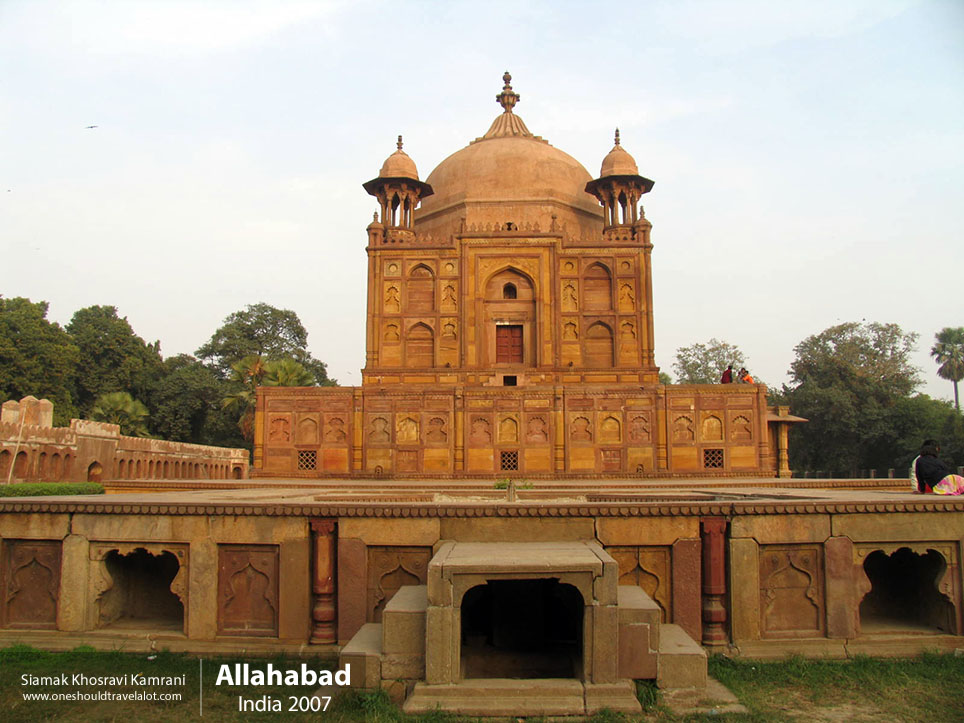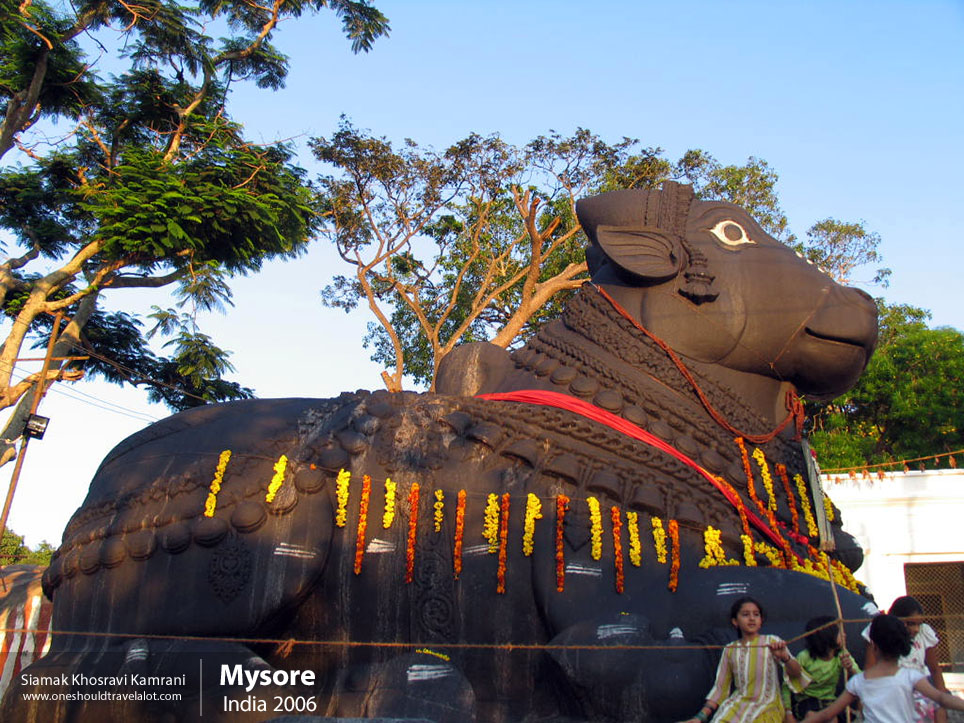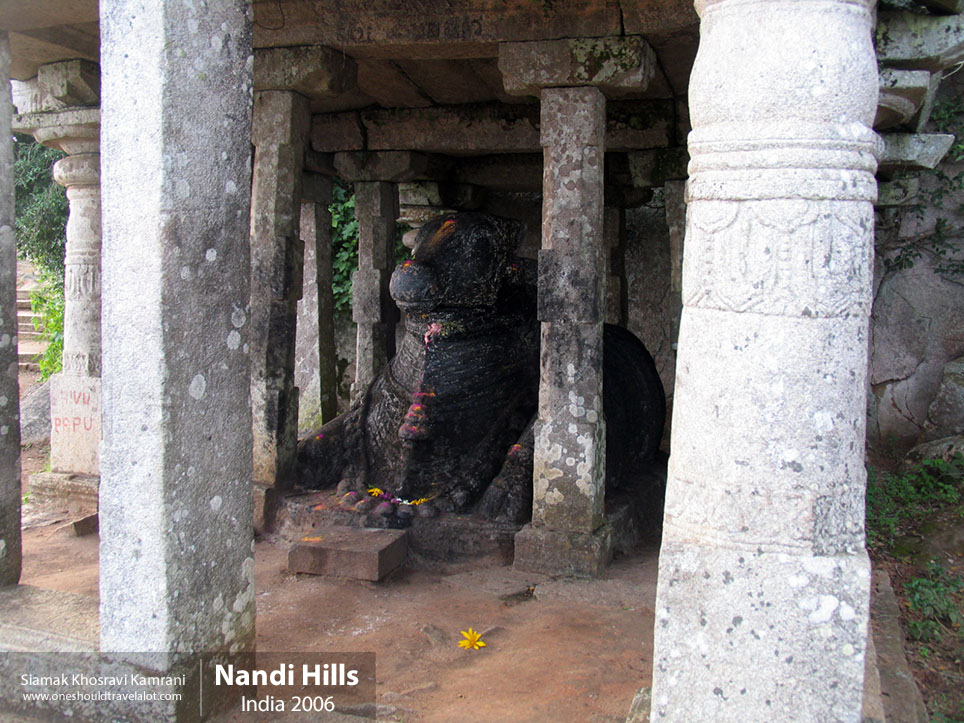Discovering Manali: A Photographer’s Journey Through the Heart of the Himalayas
First Impressions of Manali
Nestled in the lap of the mighty Himalayas, Manali is a picturesque town in the northern Indian state of Himachal Pradesh. As my bus wound its way through the steep, verdant hills, the cool mountain air filled my lungs, a refreshing change from the hot plains. The first sight of the snow-capped peaks against the clear blue sky was nothing short of breathtaking. Manali’s beauty was immediate and overwhelming, with lush green valleys, rushing rivers, and charming wooden houses dotting the landscape.
The town itself seemed like a cozy, welcoming haven for travelers and adventurers alike. The streets were bustling with life, filled with shops selling woolen clothes, handicrafts, and aromatic local food. The blend of traditional Himachali architecture and modern amenities provided a perfect balance, making me feel instantly at home.
The Culture and Customs of Manali
Manali’s culture is deeply rooted in its rich history and traditions. The local population is primarily composed of Himachali people, known for their warm hospitality and vibrant customs. The town is a melting pot of different ethnicities and languages, with Hindi and Himachali being the most widely spoken. English is also common, especially among the younger generation and those involved in the tourism industry.
One of the most fascinating aspects of Manali is its festivals. I was fortunate to visit during the Doongri Forest Festival, a celebration dedicated to the goddess Hadimba. The locals, dressed in their traditional attire, participated in folk dances and music, creating an atmosphere of joy and unity. The energy and enthusiasm were contagious, and I found myself captivated by the rhythmic beats of the traditional instruments and the colorful costumes.
Exploring the Natural Beauty of Manali
As a photographer, Manali is a dream come true. Every corner of this town offers a unique frame, from the bustling Mall Road to the serene outskirts. My first photographic expedition took me to the Hadimba Temple, an ancient shrine nestled amidst towering deodar trees. The temple’s wooden architecture, intricate carvings, and the surrounding forest provided a perfect blend of nature and culture. Capturing the early morning light filtering through the dense foliage was a magical experience.
Another must-visit spot for photographers is the Solang Valley, a short drive from the town. Known for its adventure sports, Solang Valley offers stunning panoramic views of the surrounding mountains. I spent hours here, capturing the thrill of paragliders soaring above the valley and the serenity of the snow-covered peaks. The play of shadows and light on the pristine snow created mesmerizing patterns, making for some unforgettable shots.
Immersing in the Local Lifestyle
One of the highlights of my stay in Manali was interacting with the local people. The Himachali way of life is simple yet rich in tradition. I stayed in a homestay with a local family, which gave me a deeper insight into their daily routines and customs. The family’s warmth and hospitality were heartening. I spent evenings in their cozy kitchen, learning to cook traditional dishes like Dham and Siddu. The flavors were as rich and varied as the landscape, with each dish telling a story of the region’s agricultural heritage and culinary ingenuity.
Exploring the local markets was another enriching experience. The Manu Market, with its vibrant stalls selling everything from handmade woolens to intricate jewelry, was a photographer’s paradise. The colors, textures, and the hustle and bustle of the market provided endless opportunities for candid shots. I also visited the Old Manali area, known for its bohemian vibe and eclectic mix of cafes, shops, and guesthouses. The blend of traditional and contemporary culture here was fascinating, offering a unique perspective on Manali’s evolving identity.
The Standard of Living and Societal Conditions
Manali, being a major tourist destination, has a relatively high standard of living compared to other small towns in India. The influx of tourists has led to the development of various amenities, including quality healthcare, education, and infrastructure. However, the town still retains its rustic charm and simplicity. The locals primarily depend on agriculture, horticulture, and tourism for their livelihood.
The societal conditions in Manali are marked by a strong sense of community and mutual support. The people are closely knit, often coming together to celebrate festivals, weddings, and other significant events. Despite the modernization, traditional values and customs hold a significant place in their lives. The local government has also taken steps to preserve the environment and promote sustainable tourism, ensuring that Manali’s natural beauty remains unspoiled for future generations.
The Atmosphere of Manali
The atmosphere in Manali is a harmonious blend of tranquility and vibrancy. The town’s pace is unhurried, allowing visitors to soak in the serene beauty and relax. At the same time, the presence of adventure activities and lively markets adds a dynamic energy to the place. The air is filled with the sweet scent of pine and the sound of the Beas River rushing through the valley, creating a symphony of nature that soothes the soul.
Walking through the streets of Manali, one can sense the town’s timeless charm. The sight of shepherds guiding their flocks through the meadows, the laughter of children playing in the fields, and the occasional sound of temple bells all contribute to the enchanting atmosphere. The evenings are particularly magical, with the setting sun casting a golden glow on the mountains and the town coming alive with twinkling lights.
Capturing Manali’s Essence Through the Lens
Manali’s allure lies in its diverse landscapes and rich cultural tapestry. Each day spent in this town offered new experiences and photographic opportunities. One of my favorite moments was capturing the sunrise from the top of a hill overlooking the town. The sky transformed into a canvas of vibrant hues, with the first rays of sunlight illuminating the snow-capped peaks. The stillness of the morning, broken only by the distant chirping of birds, made this moment truly special.
Another memorable experience was photographing the traditional Kullu shawl weaving process. Visiting a local weaver’s home, I was amazed by the skill and dedication involved in creating these beautiful pieces of art. The intricate patterns and vibrant colors of the shawls reflected the rich cultural heritage of the region. Capturing the weaver’s hands at work, with the loom in the background, was a powerful reminder of the importance of preserving traditional crafts.



